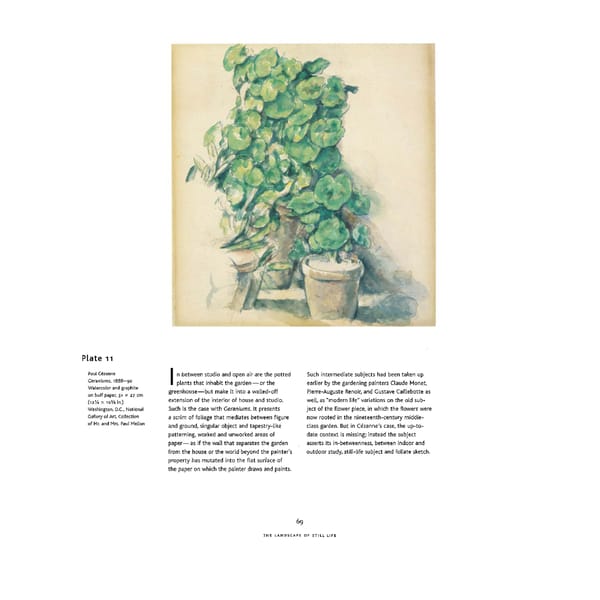Plate 11 Paul Cézanne n between studio and open air are the potted Such intermediate subjects had been taken up Geraniums, 1888-90 I plants that inhabit the garden — or the earlier by the gardening painters Claude Monet, Watercolor and graphite greenhouse—but make it into a walled-off Pierre-Auguste Renoir, and Gustave Caillebotte as on buff paper, 31 x 27 cm 5 extension of the interior of house and studio. well, as "modern life" variations on the old sub- (izV4 x io /s in.) Washington, D.C., National Such is the case with Ceraniums. It presents ject of the flower piece, ¡n which the flowers were Gallery of Art, Collection a scrim of foliage that mediates between figure now rooted in the nineteenth-century middle- of Mr. and Mrs. Paul Mellon and ground, singular object and tapestry-like class garden. But ¡n Cezanne's case, the up-to- patterning, worked and unworked areas of date context is missing; instead the subject paper—as if the wall that separates the garden asserts its in-betweenness, between indoor and from the house or the world beyond the painter's outdoor study, still-life subject and foliate sketch. property has mutated into the flat surface of the paper on which the painter draws and paints. 69 THE LANDSCAPE OF STILL LIFE
 Cézanne in the Studio: Still Life in Watercolors Page 83 Page 85
Cézanne in the Studio: Still Life in Watercolors Page 83 Page 85